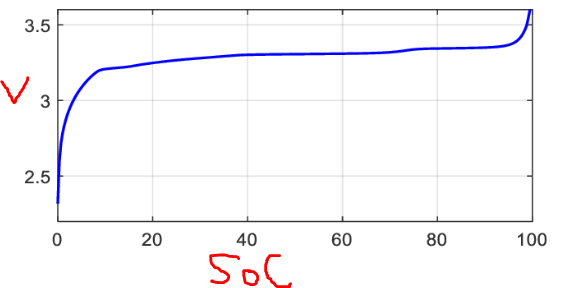Hi !
I have installed a few days Lifepo4 Batteries in my vessel. 2 each 400 Ahm drop in batteries each one with its own BMS. Tewaycell, with bluetooth in the BMS. I can see all the parameters inside.
So I'm searching for some answers, I guess they are easy, but Im a little confused. if you please:
1º Lifepo4 are like litium batteries ( laptop, cellphone..)...in the way of , Are they must kept under 60% to extend their live? The thing is, they were delivered near 100% of charge. But I don't need that capacity for the daylife, just for emergencies (a long trip in the ocean). I bought this capacity because it was cheaper than 300Ah ones and available.
2º If 1º quesion = YES, in all my MPPTs (there are 4), can I set them to archive the 60% and stop chaging?. Maybe setting Absortion and floating voltage below, maybe 13.2 , or both the same?
3º If 1º & 2º are ok, Do you know if the victron battery chargers 220ac/12v, has the feature to stop to charge batteries up to the choosen SOC?. Mine has no even a Voltage absortion/float or anything to set and reach a certain SOC
Maybe this questions have been answerer somewhere, all and over gainbut I would wish to have a confirmation, because I read something but Im not sure
Thanks a lot

